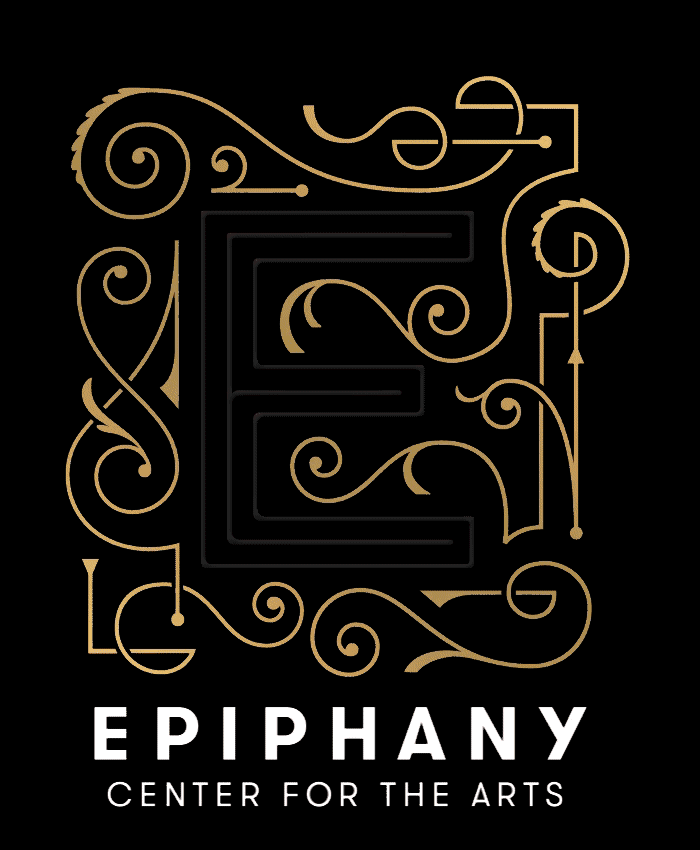READ THE COMPLETE COLOSSAL ARTICLE HERE
Drawing on Queer History, Moises Salazar Glamorizes Faceless Figures in Glitter
GRACE EBERT
June 7, 2024

“El Gran Varon” (2022), glitter and acrylic on canvas, yarn, 46 x 36 x 2.5 inches
Glitter has a deep connection to queer culture and identity. Appearing in drag performances in the early 20th century, the sparkling material quickly became associated with gender-bending, and today, it’s frequently used in protest and activist circles advocating for LGBTQ+ rights.
Moises Salazar references this history and their Mexican heritage through mixed-media portraits. Rendering faceless figures in glitter—a choice that allows each subject to be a surrogate for queer Latinx people—Salazar depicts scenes of joy, confidence, and defiance as they present figures who are tender but resolute. The portraits often have an autobiographical bent, emerging from the artist’s connection to Chicago’s queer community and originating with depictions of their own body.
Drawing on craft traditions, the lush combination of faux fur, sequins, and acrylic paint nested inside crocheted yarn frames feeds into the ostentatious nature of these works, dovetailing with Salazar’s insistence that the subjects are revered and celebrated. In an interview with The Latinx Project, they say of their material choices:
I love feeling glamorous, and I think that’s something universal. Regardless of gender, age, and sexual expression, we all love feeling our best, and that’s what I’m trying to express in my work. As children, I think we’re taught to not stand out or cause attention to ourselves, but I think we should do the opposite. That’s why I put so much emphasis on creating a tactile experience. I want my work to stand out, and I pull out all the stunts to do it. I’m a person that if I’m asked, “Don’t you think that’s too much?,” I add twenty new things.
###
About Epiphany Center for the Arts
Conceived with the vision to return Epiphany to a place for people to congregate, the shuttered, historic Church of the Epiphany has been preserved and adapted into the Epiphany Center for the Arts, an iconic cultural hub “For the Good of Art, Entertainment and Events.” Thoughtfully designed, the exemplary 42,000-square-foot campus located on the artsy edge of Chicago’s West Loop neighborhood boasts three distinct venues (Epiphany Hall, The Sanctuary and The Chase House) and a stunning array of amenities. The campus also features eight galleries that serve as a platform for a diverse selection of artists from Chicago and beyond. Epiphany’s exhibitions showcase the work of women, the LGBTQIA community, artists of color, and the disability culture. Epiphany’s top priority is to curate programming that is inclusive, while providing a place established artists can collaborate with emerging ones. Epiphany’s programming serves to unite community and artists alike while “Bringing Chicago Together.” Visit www.epiphanychi.com to learn more.


